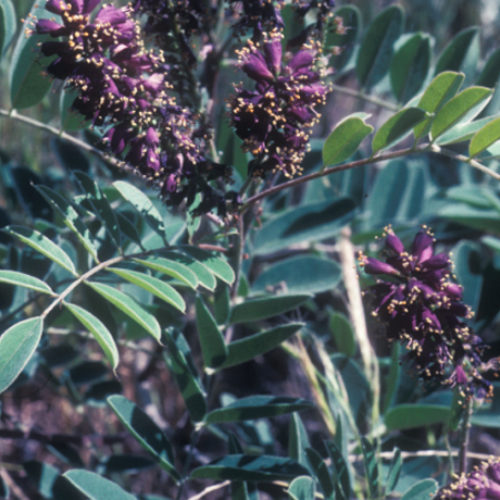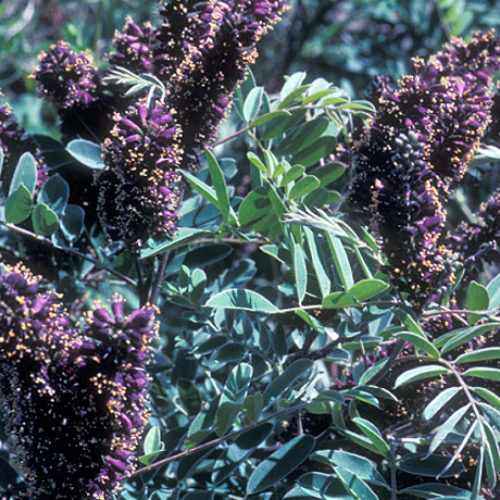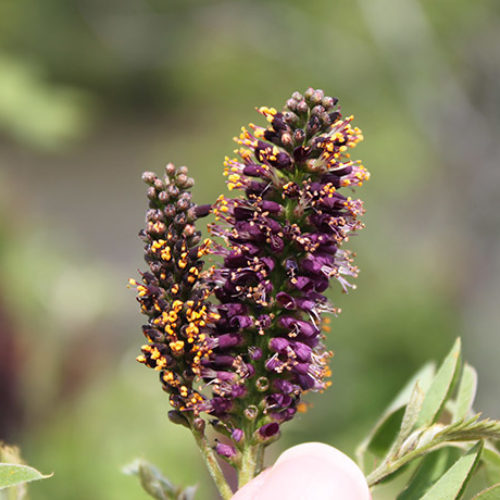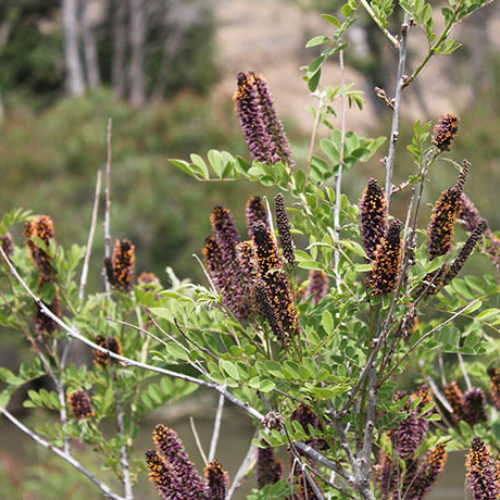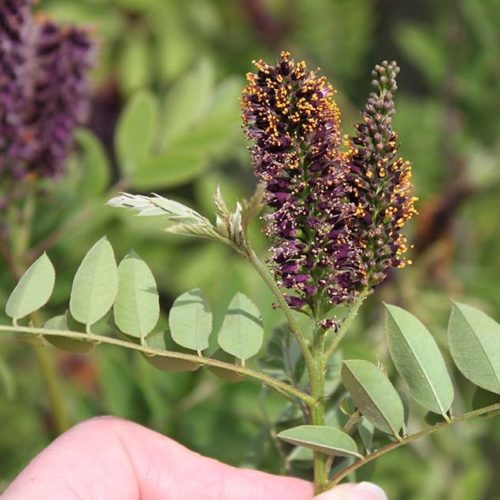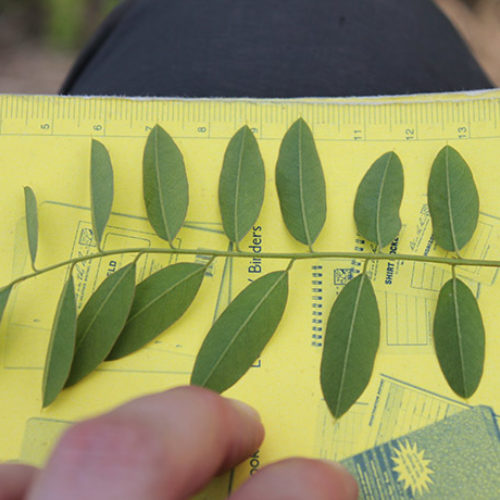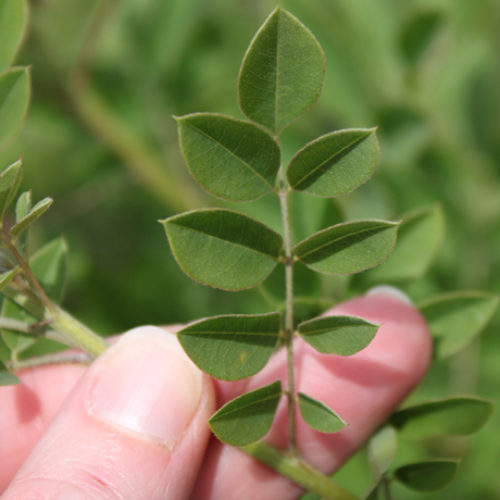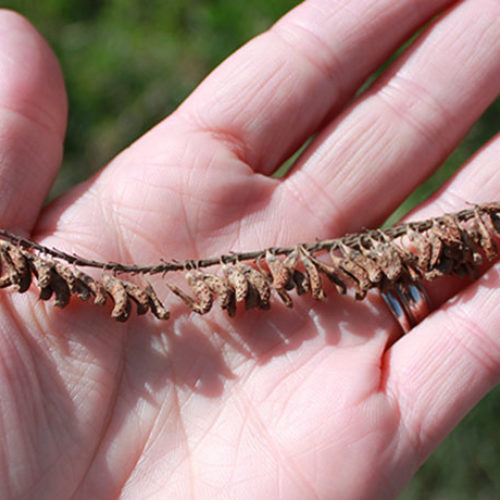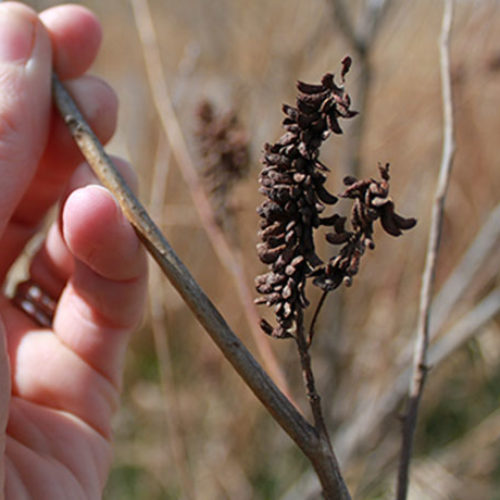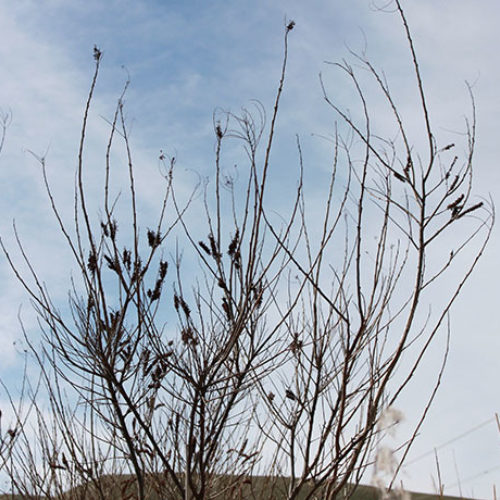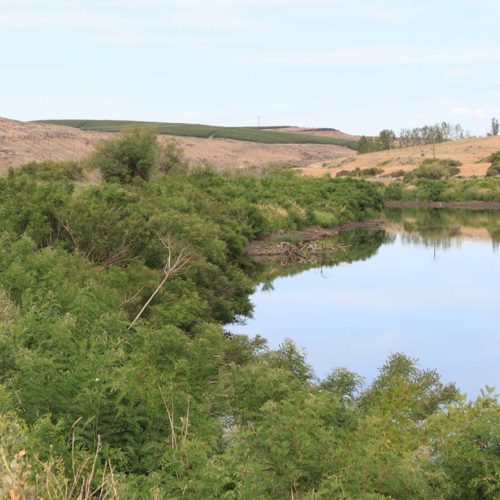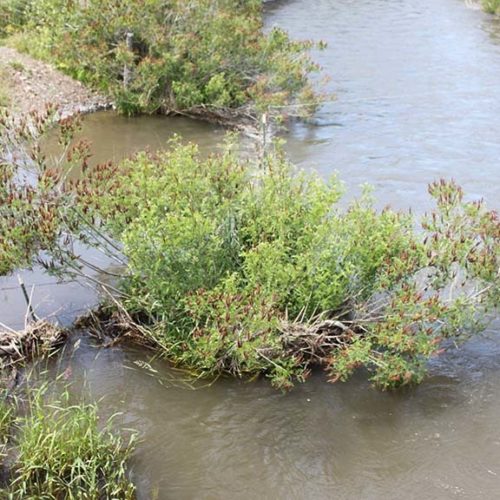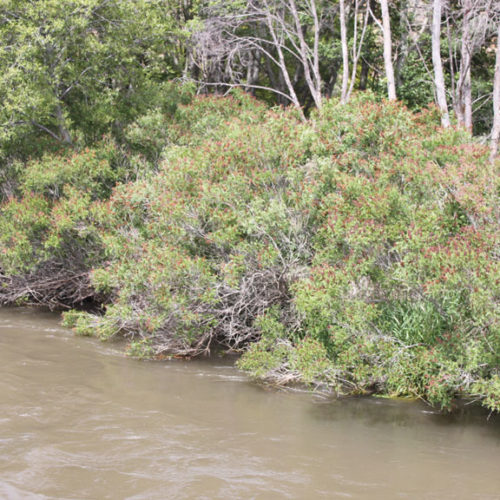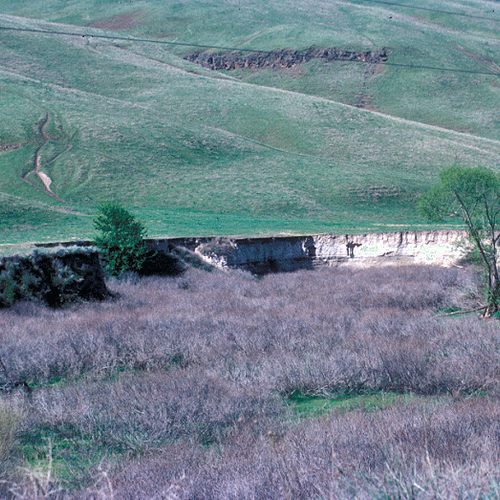Indigobush
Amorpha fruticosa
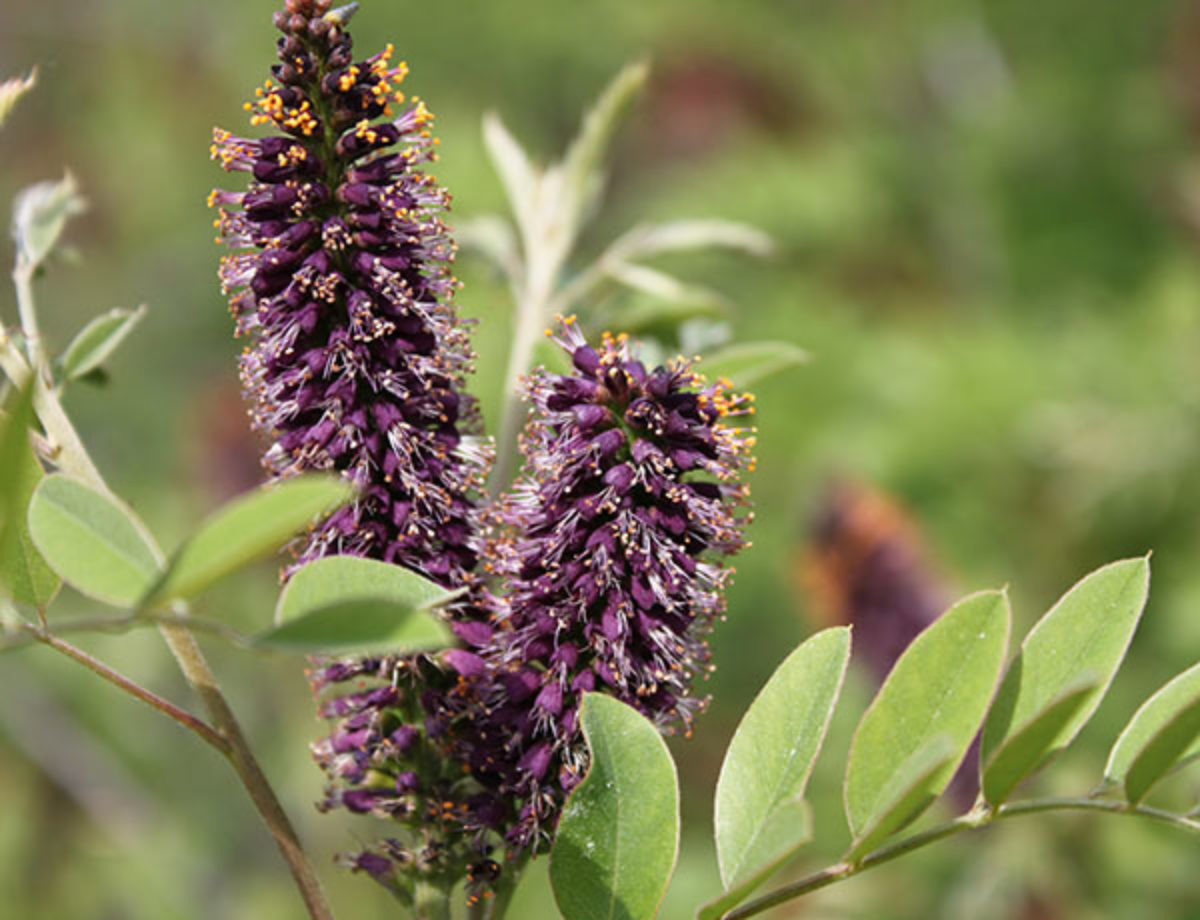
Family: Fabaceae
Other Common Names: False indigo, ibush, lead plant
Weed class: B
Year Listed: 1988
Native to: Eastern and Central United States
Is this Weed Toxic?:
humans, livestock
Legal listings:
This plant is also on the Washington State quarantine list. It is prohibited to transport, buy, sell, offer for sale, or distribute plants or plant parts of quarantined species into or within the state of Washington or to sell, offer for sale, or distribute seed packets of seed, flower seed blends, or wildflower mixes of quarantined species into or within the state of Washington. Please see WAC 16-752 for more information on the quarantine list. For questions about the quarantine list, contact the Washington State Department of Agriculture's Plant Services Program at (360) 902-1874 or email PlantServices@agr.wa.gov.
Why Is It a Noxious Weed?
Although native to the Eastern United States, in some Western states it is considered invasive and has naturalized. It escapes planted areas and grows along streams and rivers and prairie draws forming dense thickets and outcompetes native species.
How would I identify it?
General Description
Indigobush is a thornless, deciduous, multiple stem shrub that can grow to over 12 feet tall and can form thickets.
Flower Description
Flowers are in dense, upright clusters, in the upper branches. They are blue-violet to dark purple and have 10 stamens.
Leaf description
Leaves are made up of 13 - 25 leaflets which are one to two inches long. They are gland dotted and hairy with smooth margins.
Stem description
Older stems are woody and younger stems are green and hairy.
Fruit Seed Description
Seed pods are small, curved, dark brown, about 1/4 inch in size and are dotted with glands. Each pod contains 1 or 2 seeds.
Where does it grow?
Indigobush grows in prairies, hillsides, sandy roadsides, along streams and rivers. Please click here to see a county level distribution map of indigobush in Washington.
How Does it Reproduce?
Indigobush reproduces by seed.
How Do I Control It?
Mechanical Control
Cutting plants may result in re-sprouting stems. Repeated cutting may be used to control seed production each year.
Herbicide Control
Please refer to the PNW Weed Management Handbook, or contact your county noxious weed coordinator.
For More Information
See our Written Findings for more information about indigobush (Amorpha fruticosa).
Report on Indigo bush from the book "Weed Control in Natural Areas in the Western United States"
UW Herbarium image database information on indigobush



